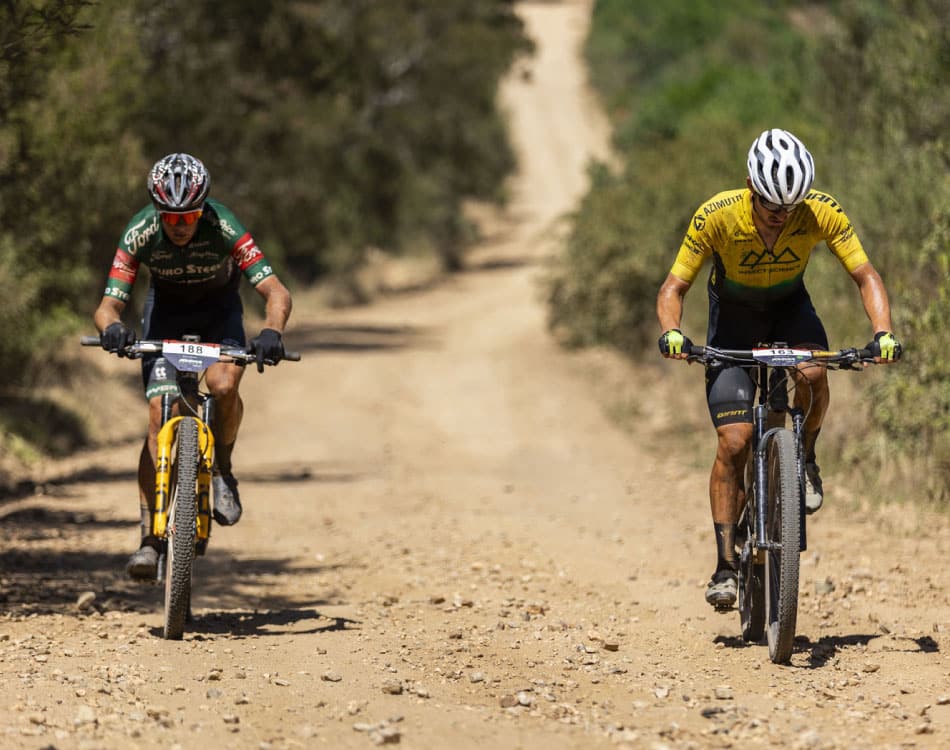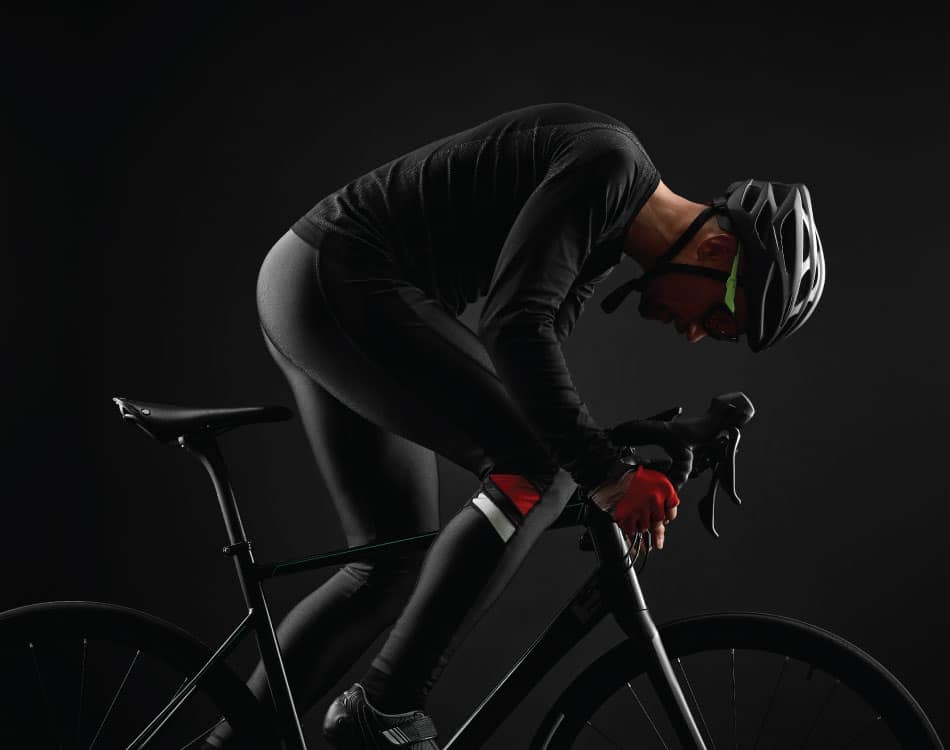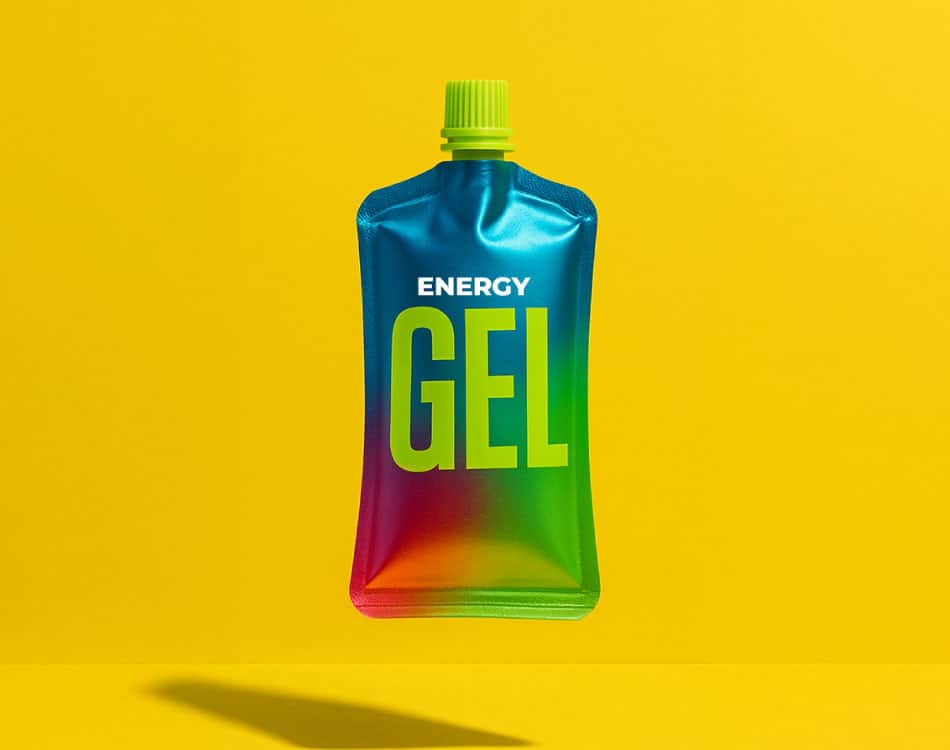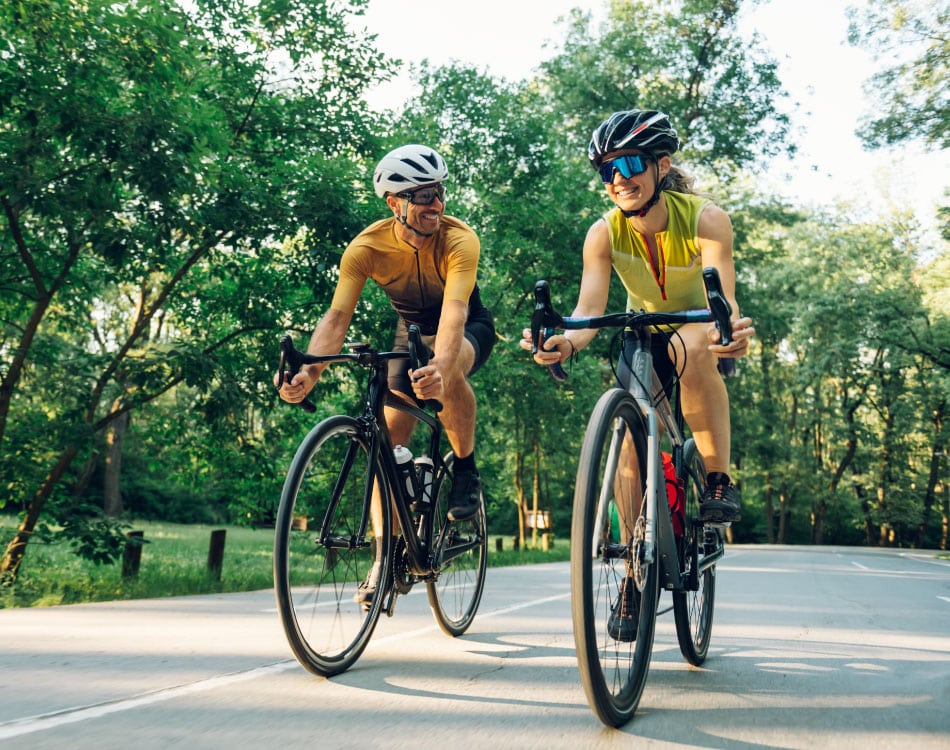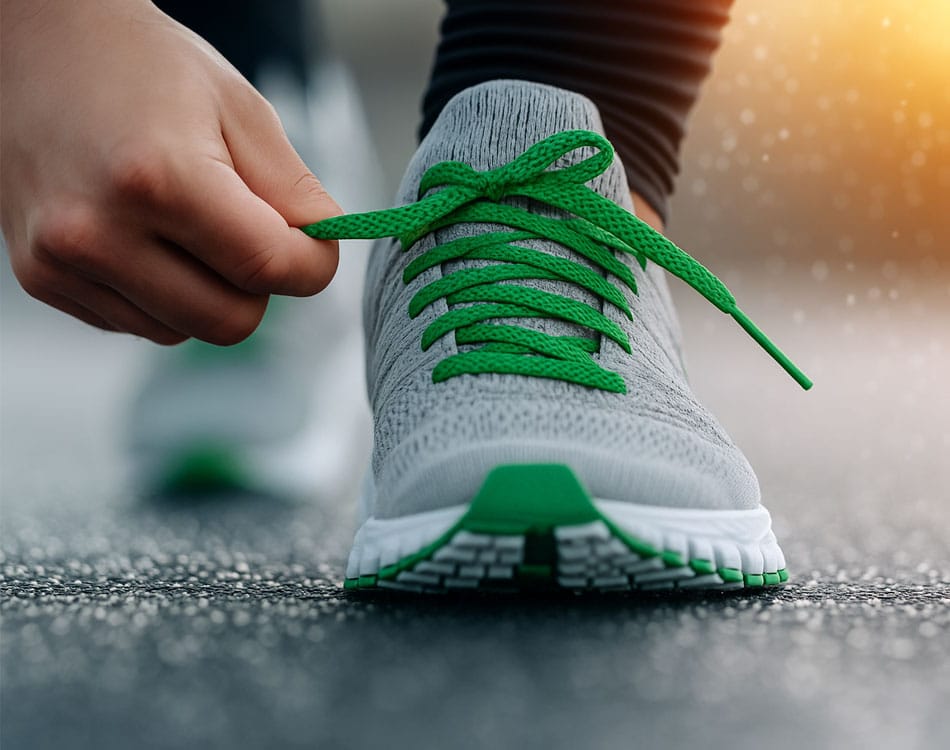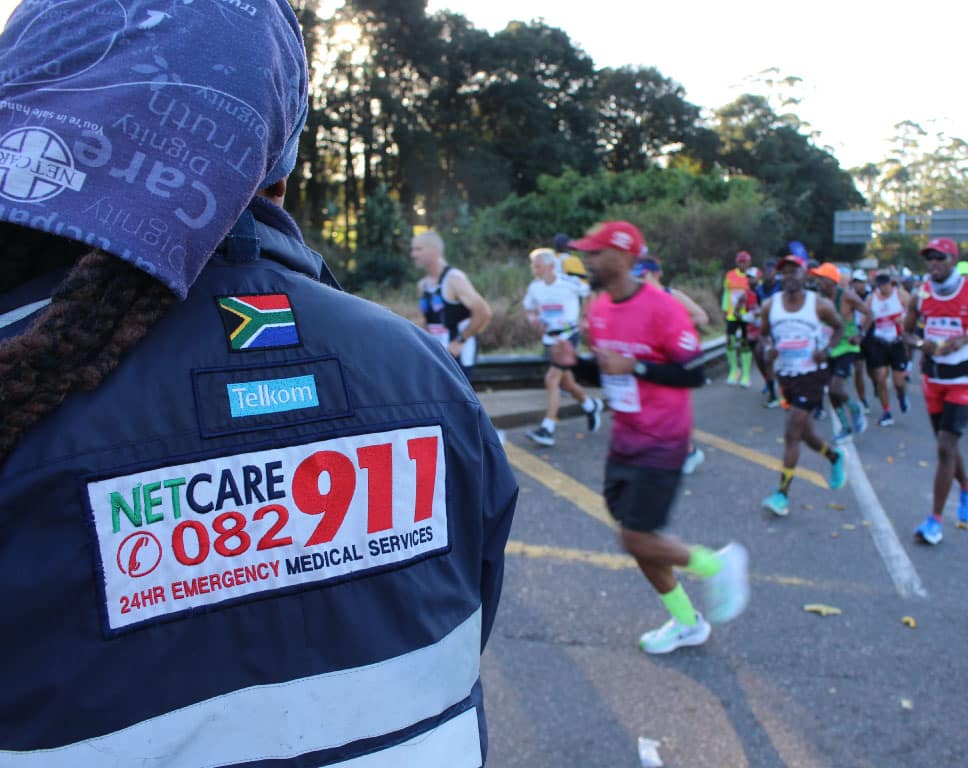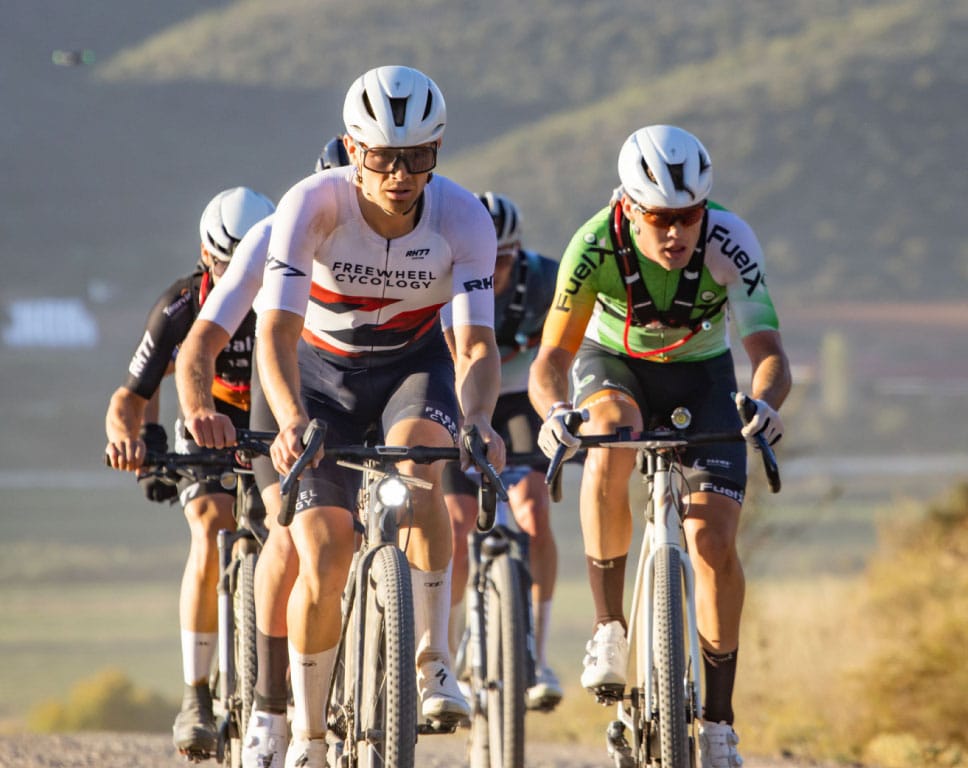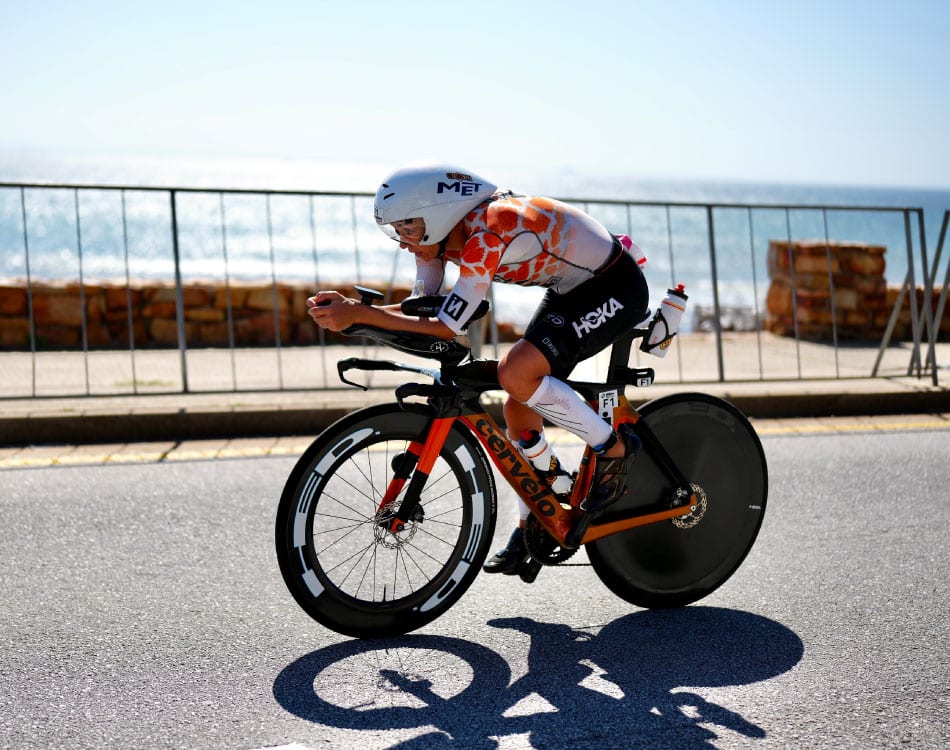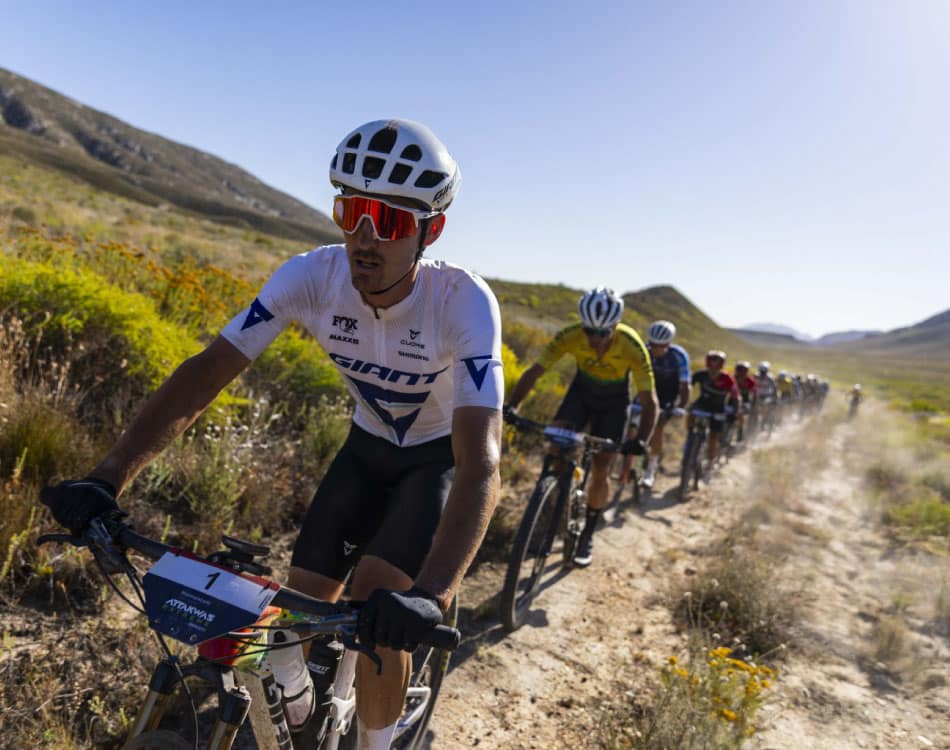The optimal footstrike for runners remains a hotly debated topic, with minimalist running shoes often touted as the ideal option to get runners onto their mid-foot or forefoot.
Minimalist advocates suggest this will help to reduce your injury risk while making you a more efficient athlete. Conversely, minimalist denialists and supporters of traditional cushioned running shoes believe that a minimalist running approach causes more injuries than it cures.
While there is a definite link between injuries and minimalist running, it is less about the shoes and more about biomechanics.
Boiling the debate down to the idea that changing your foot strike is cure-all also trivialises the complexity of running – the role human biomechanics play in the process and, more specifically, how our modern lifestyles affect our movement, strength and mobility.
READ MORE | 5 reasons to start running
Foot fixation
In your quest to become a faster runner, your need to look beyond this footstrike fixation. Good form, true speed and injury-free running start with the hip complex – the pelvis, glutes, hip flexors, and our core.
The force needed to propel us forward is not generated, or even initiated, by our legs. They are generally our support structures. Fast, efficient running starts with a hip drive, which requires hip and pelvic mobility, and strong, active glutes that fire on foot strike to propel us forward.
In this gait cycle, the foot strike is a tiny piece in a complex biomechanical puzzle. Accordingly, focusing on your foot strike misses the mark by putting the attention on the end of the movement chain, rather than at the beginning.
READ MORE | Fix Your Running Form With These Tips
Sedentary sins
Our more sedentary lifestyles also tend to complicate the issue. Prolonged sitting tends to weaken muscles and reduces joint mobility, particularly in the areas most essential to efficient, injury-free running.
The resultant short hip flexors, weak core muscles, and overstretched, weak glutes tighten our piriformis (another muscle in the glutes), and our sacroiliac (SI) joints tend to ‘lock up’.
Overly cushioned running shoes also enable poor running technique. They allow runners who lack the requisite glute and core strength to get away with shoddy form.
Cushioned shoes, whether worn while running or for everyday use, tend to act as a cast. As a result, your feet, calves and Achilles tendons become weaker, as does everything else up your posterior chain – especially your hamstrings and glutes.
This status quo also means there’s no longer an incentive to learn how to run naturally for most runners.
This degree of biomechanical dysfunction makes it very difficult to run naturally. It also increases our injury risk. And when injuries strike, most runners go through rehab and visit a podiatrist, who may prescribe stability shoes or inserts.
READ MORE | Become a better a runner without more running
Strong-first approach
However, this isn’t a long-term solution. You’re merely treating the symptoms, not the cause, which is generally biomechanical dysfunction in the pelvic area. Ignoring the root cause results in a self-perpetuating cycle of injury, rehab and more injury.
In this context, slipping on minimalist shoes to improve your running can actually cause more severe injuries, if you don’t do the necessary accessory work to restore proper biomechanical function.
Correcting common biomechanical imbalances and building a solid foundation of the foot, leg, core and glute strength, along with hip, knee and ankle mobility, will promote a more natural stride better than any pair of shoes can.
Optimising your biomechanics in this way will ensure that your feet naturally land behind the leading knee (this ensures a bent knee on impact) and under the hips, regardless of whether you forefoot, mid-foot or heel strike. Accordingly, it’s not necessarily the shoes that determine a foot strike pattern.
Once you correct your running form, you can work on other areas to improve your efficiency and speed by focusing on aspects such as your cadence (steps per minute). As you get faster, it is likely that you will naturally shift toward a mid-foot or forefoot strike pattern as you reduce your ground contact time and increase your stride length.
The overall message is this: Shoes generally don’t cause or correct the problem. Rather, muscle weakness and biomechanical dysfunction are to blame. First address the biomechanical issues that prohibit your body from operating in the manner it was naturally designed to. Once you achieve this objective, you can start to experiment with the best shoes for your natural biomechanics based on comfort, price and functionality.


